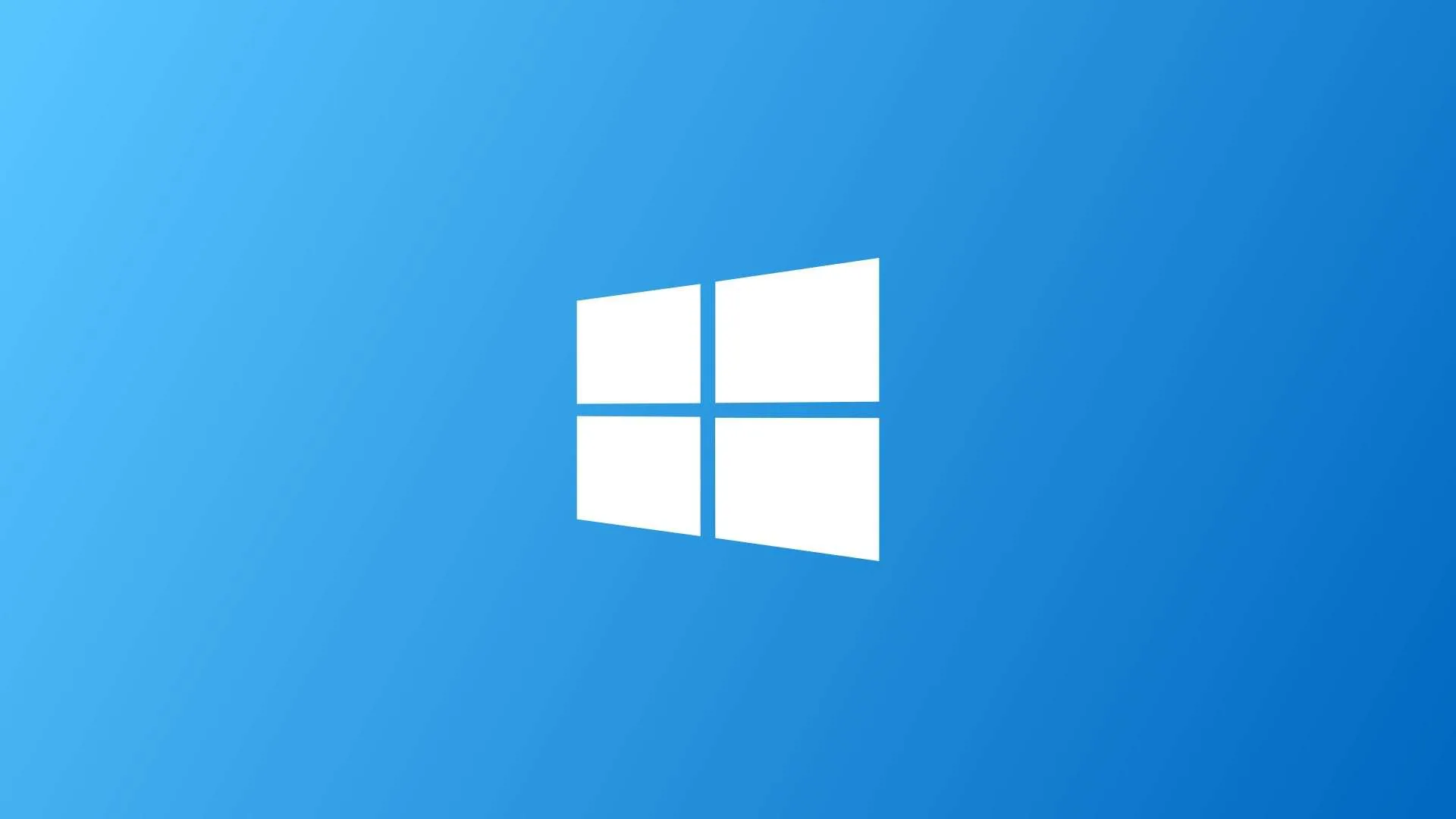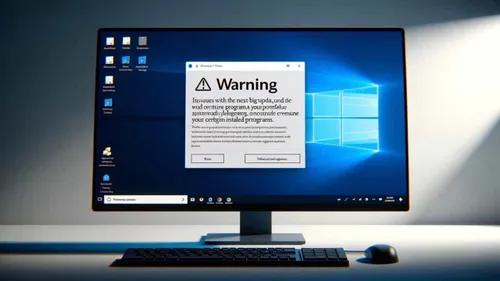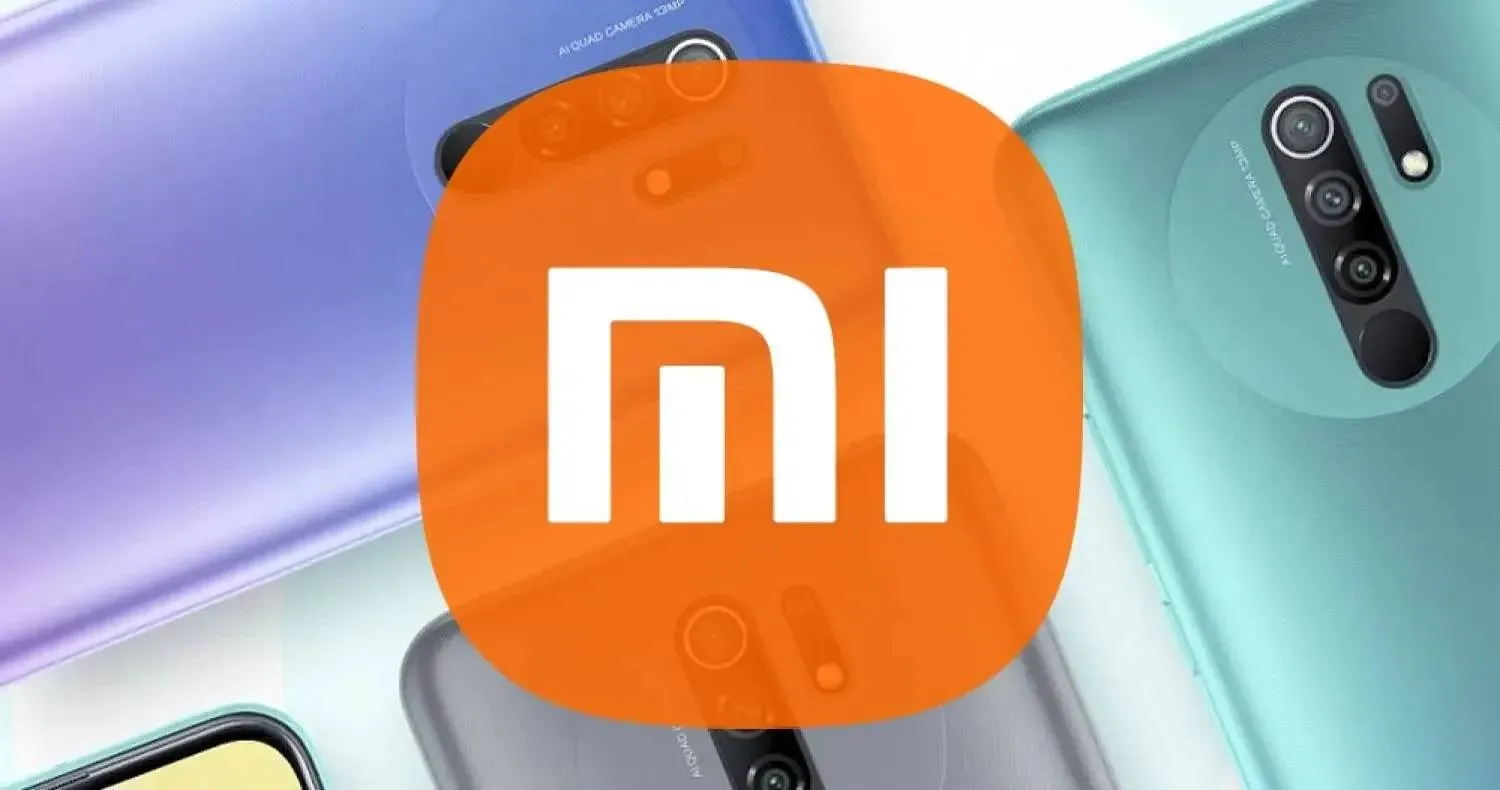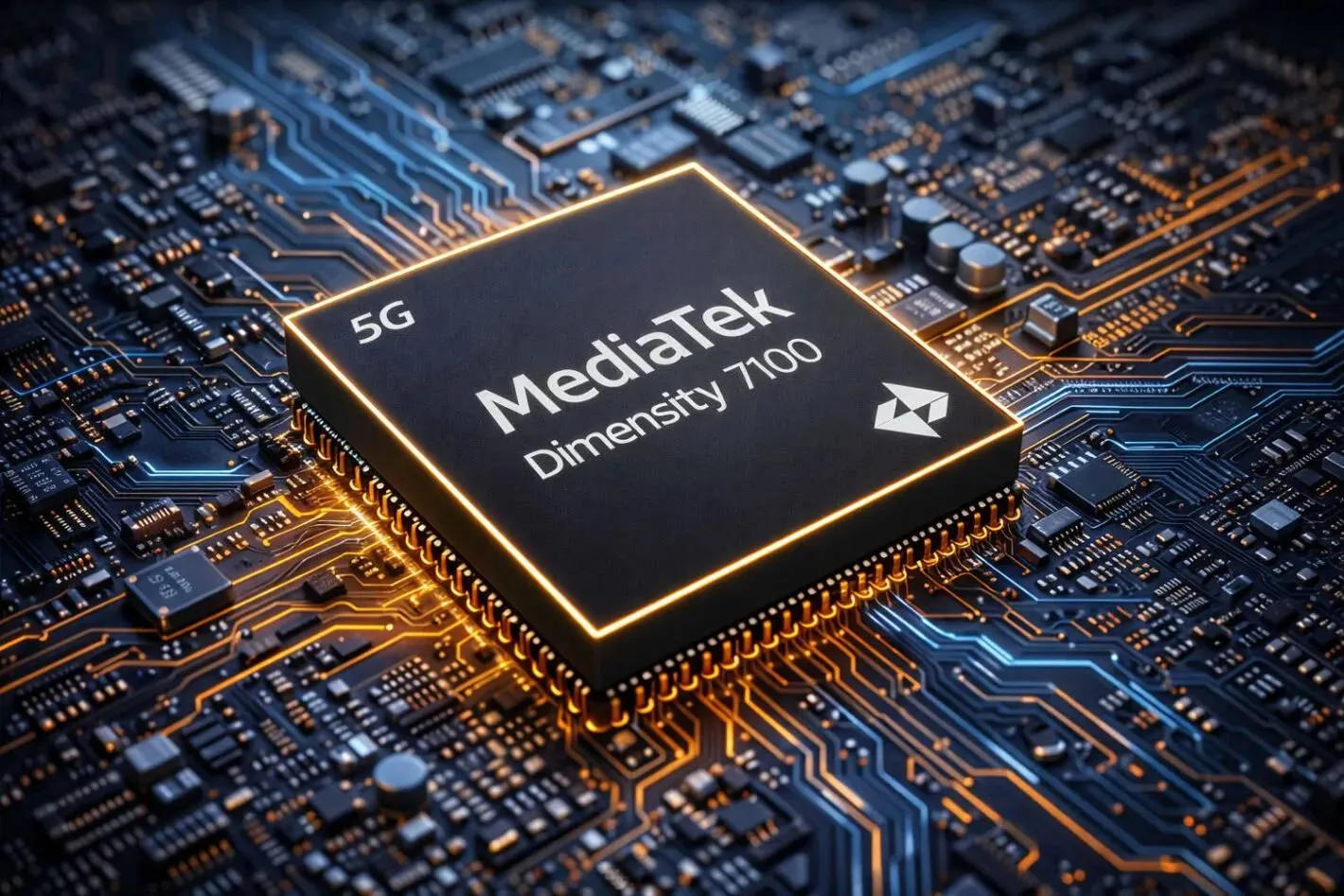Microsoft Ends Windows 10 Support in 2025 – Discover Your Options
newsSaturday, 29 June 2024 at 06:03

The world of computer software support is always changing. For those who use the popular Windows 10 operating system, an important date is coming up. While Windows 10 has been around for a while and works well, Microsoft will stop providing free security updates for the Home and Pro versions in October 2025. This means businesses and home users alike will need to find a way to keep their computers safe after that date.
Keeping Your Windows 10 Secure After 2025
This article will explain what happens when Windows 10 support ends and look at some options for staying secure. We'll focus on a solution from a company called 0patch that can help protect your computer. By understanding your choices, you can make an informed decision to keep your Windows 10 system safe and stable.
The End of Windows 10 Support Explained
Microsoft has a set plan for how long it supports its software. For Windows 10, there was a time when they offered new features and bug fixes, along with security updates. This is called the "mainstream support" phase. It ended in May 2020. Now, there's an "extended support" phase where you only get security updates. This extended support for Windows 10 Home and Pro ends in October 2025.
This is important because after October 2025, Microsoft won't release security updates for these versions of Windows 10 anymore. This means your computer could be at risk from hackers who try to exploit weaknesses in the software. These weaknesses, called vulnerabilities, can let hackers steal your information, install harmful programs, or take control of your computer.
Paid Security Updates from Microsoft
Although free security updates for Windows 10 Home and Pro will end, Microsoft does offer a paid option called Extended Security Updates (ESU). This program lets businesses keep getting critical security updates for a limited time after the official end of support. However, ESU can be expensive, with yearly fees starting at around $27 per device. For companies with a lot of Windows 10 computers, this can add up quickly.

Image Credit: Shiftdelete
0patch: A Different Security Option
Luckily, there are other choices besides Microsoft's ESU program. Security companies like 0patch offer solutions to fill the gap left when Microsoft stops supporting an operating system.
0patch uses a new way of fixing security problems called "micropatching." Instead of giving you big updates with many fixes, they deliver small patches for just the specific vulnerabilities that need attention. This has several advantages:
- Less chance of problems: Micropatches are smaller than traditional updates, so they're less likely to cause new issues or make your computer unstable.
- Faster updates: Micropatches are small, so they can be delivered and installed quickly, with less downtime for your computer.
- Easier to manage: Micropatches are targeted, so you don't have to deal with update fatigue from getting lots of big updates all the time.
0patch has already used micropatching to keep older versions of Windows and Office secure, even after Microsoft stopped supporting them. This suggests they're likely to keep supporting Windows 10 even after October 2025.
Saving Money with 0patch
One of the biggest benefits of using 0patch instead of Microsoft's ESU program is the cost. Individual subscriptions from 0patch are much cheaper than the yearly fees for ESU. While prices can vary, estimates show that 0patch subscriptions can be as low as $61 per device, compared to Microsoft's $27 annual fee.
This cost savings can be a big deal for companies with a lot of Windows 10 computers. The money saved can be used for other important IT needs.
Keeping Your Windows 10 Safe After 2025
Patching with 0patch
0patch offers a simple way to fix security holes in Windows 10. It's fast and easy to use, but you'll need to hook it up with the tools you already use to manage your systems. If you already have a patching routine, you might need to change it a bit to work with 0patch. On the other hand, Microsoft's Extended Security Updates (ESU) program uses the existing Windows Update system, so you likely won't need many changes.
Who to Trust?
When you go with a security company like 0patch, you're putting some faith in them. It's important to check out 0patch's past performance, their security practices, and how reliable they are overall before using their patches on your computers.
What Gets Fixed?
0patch has a good record of plugging critical security holes, but it's important to know which specific ones they target. Make sure 0patch focuses on fixing the holes that pose the biggest threat to your systems.
Support for the Long Haul
Think about how long you plan to stick with Windows 10. Since Microsoft stops supporting it in October 2025, see if 0patch will keep offering support after that date. Take a look at their plans to see if they align with your needs.
Playing by the Rules
If your organization works in an industry with strict rules, there might be specific security guidelines you need to follow. Make sure 0patch's patching approach follows any relevant security regulations.
Other Ways to Secure Windows 10
There are other ways to keep Windows 10 safe after 2025, besides using 0patch. Here are a few options to consider:
- Upgrade to Windows 11: This is the safest and most future-proof option. Upgrading to the latest operating system ensures you get ongoing security updates from Microsoft. However, this might not be an option for everyone due to compatibility issues with hardware or software, or the resources required for a large-scale upgrade.
- Network Splitting and Isolation: You can isolate critical systems from the internet and untrusted networks by splitting your network and using isolation techniques. This can help protect your systems from being exploited even if they're running an unsupported operating system like Windows 10 after October 2025. However, this approach requires careful planning and execution and may not be suitable for all environments.
- More Security Monitoring: Invest in strong security monitoring tools to find and respond to potential security incidents even on unpatched systems. Security Information and Event Management (SIEM) solutions can provide valuable real-time insights into what's happening on your systems and potential threats.
Making the Right Choice
The end of Microsoft's support for Windows 10 in October 2025 presents a challenge. Carefully consider all the options available, such as 0patch, Microsoft's ESU program, or alternative strategies like upgrading to Windows 11. Consider factors like cost, your security knowledge, which vulnerabilities are covered, how long you'll need support, and any compliance requirements you have. By thoroughly evaluating each approach and understanding its strengths and limitations, you can make an informed decision that best safeguards your Windows 10 systems even after Microsoft ends official support.
Loading






